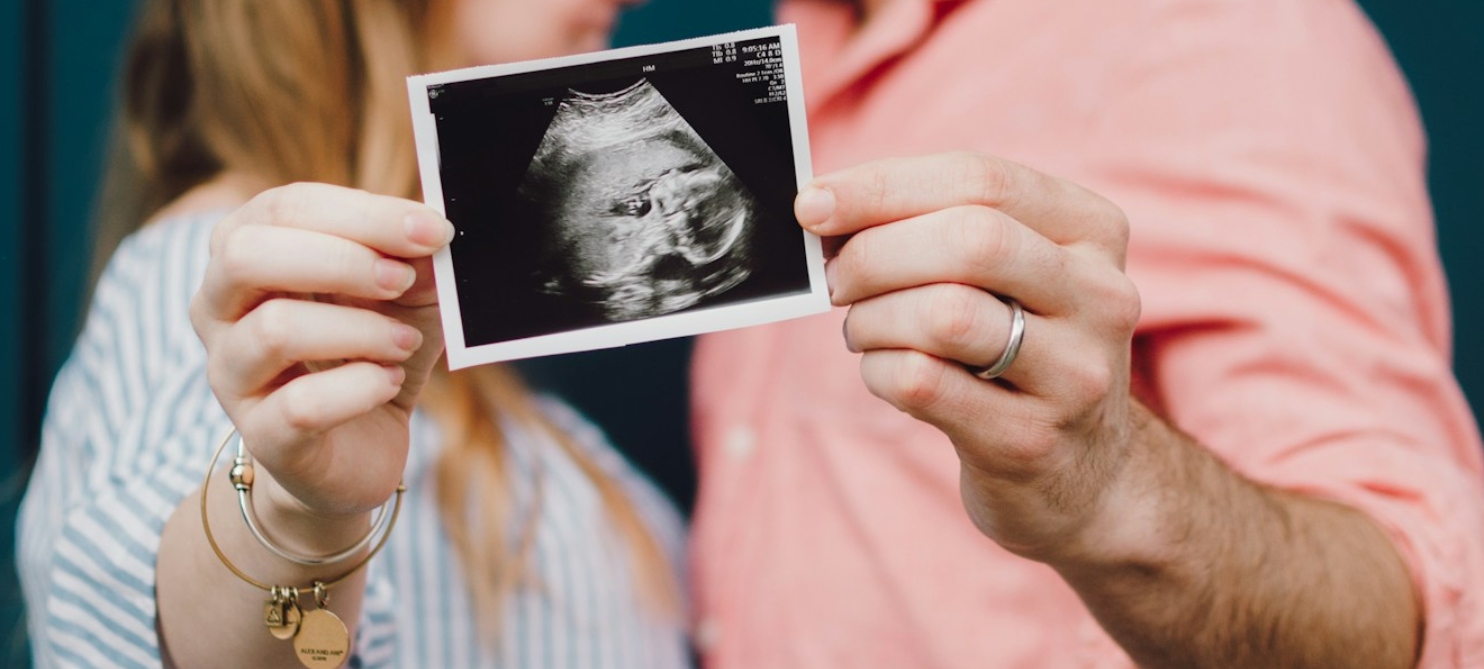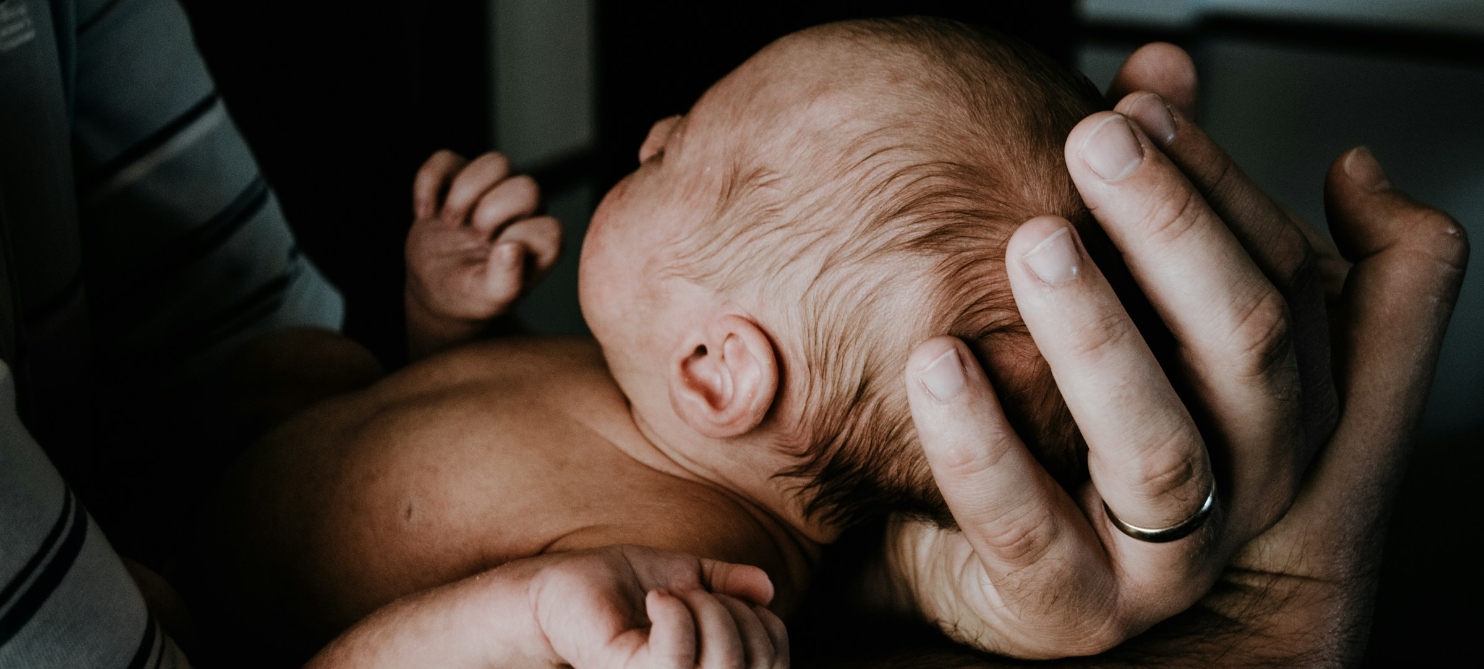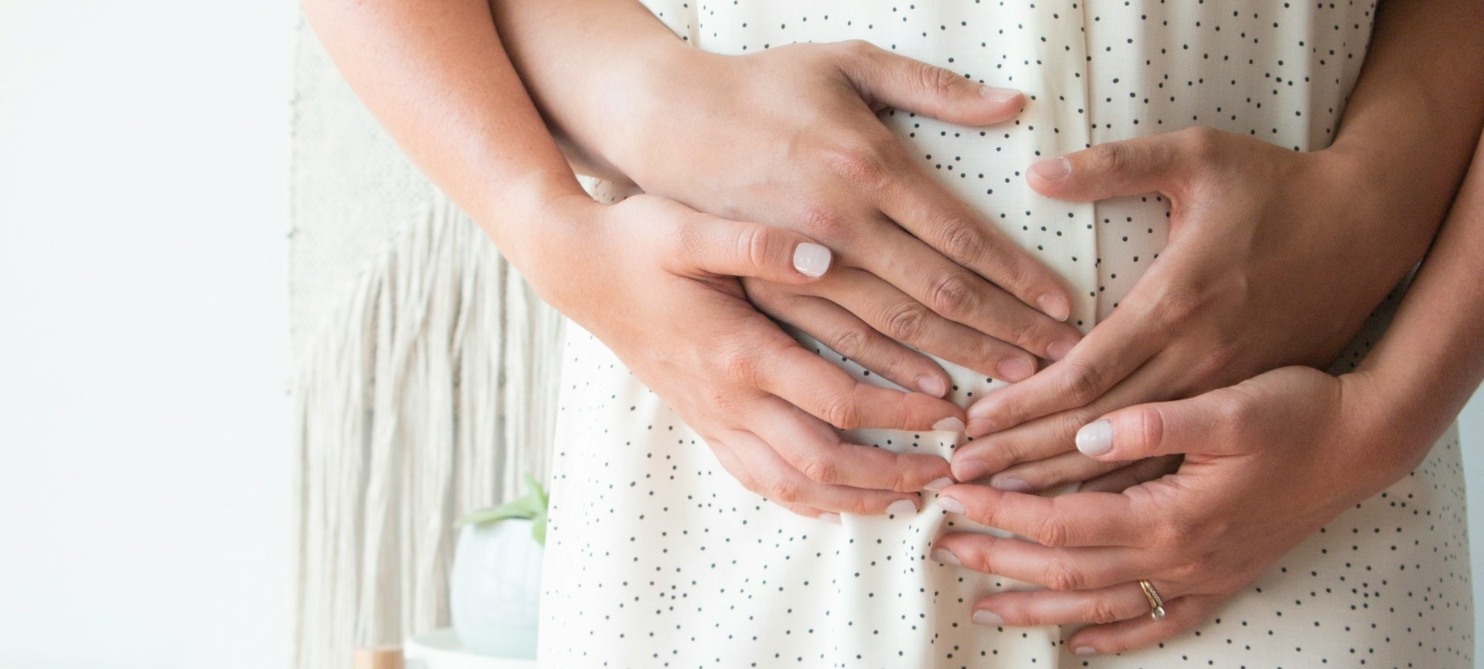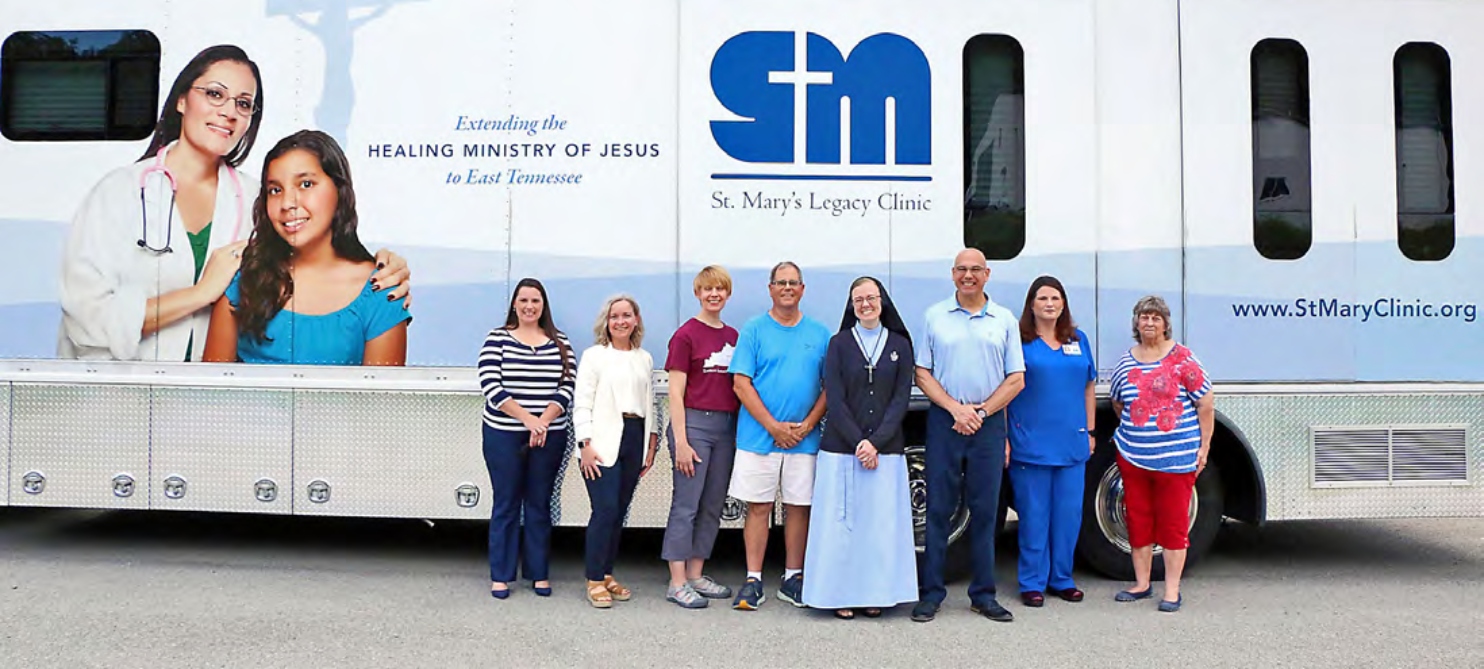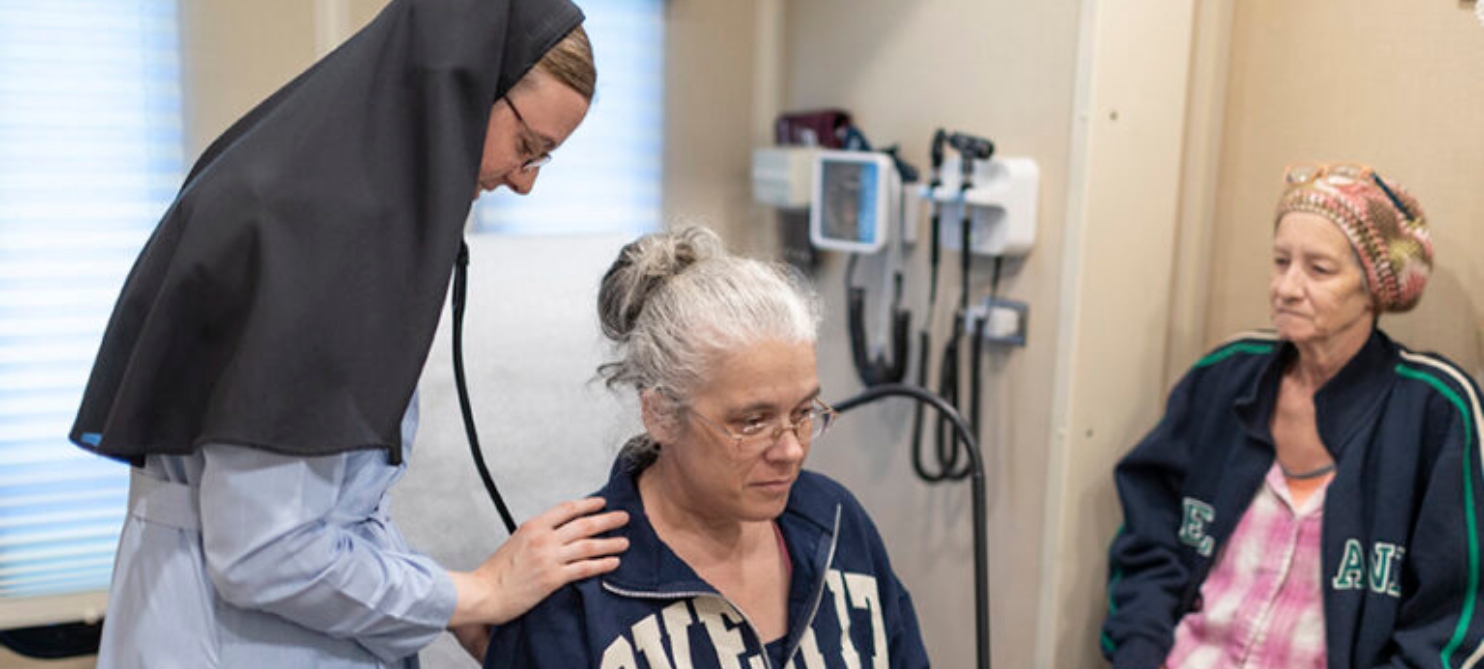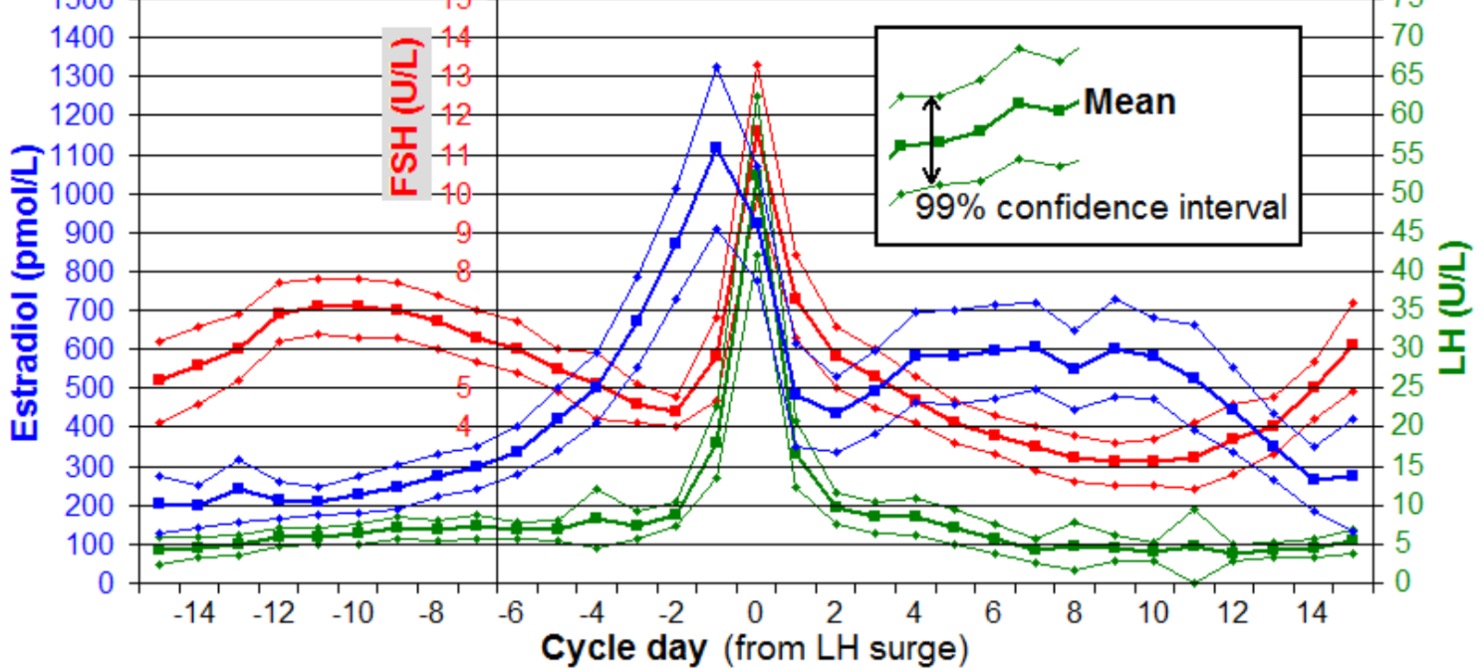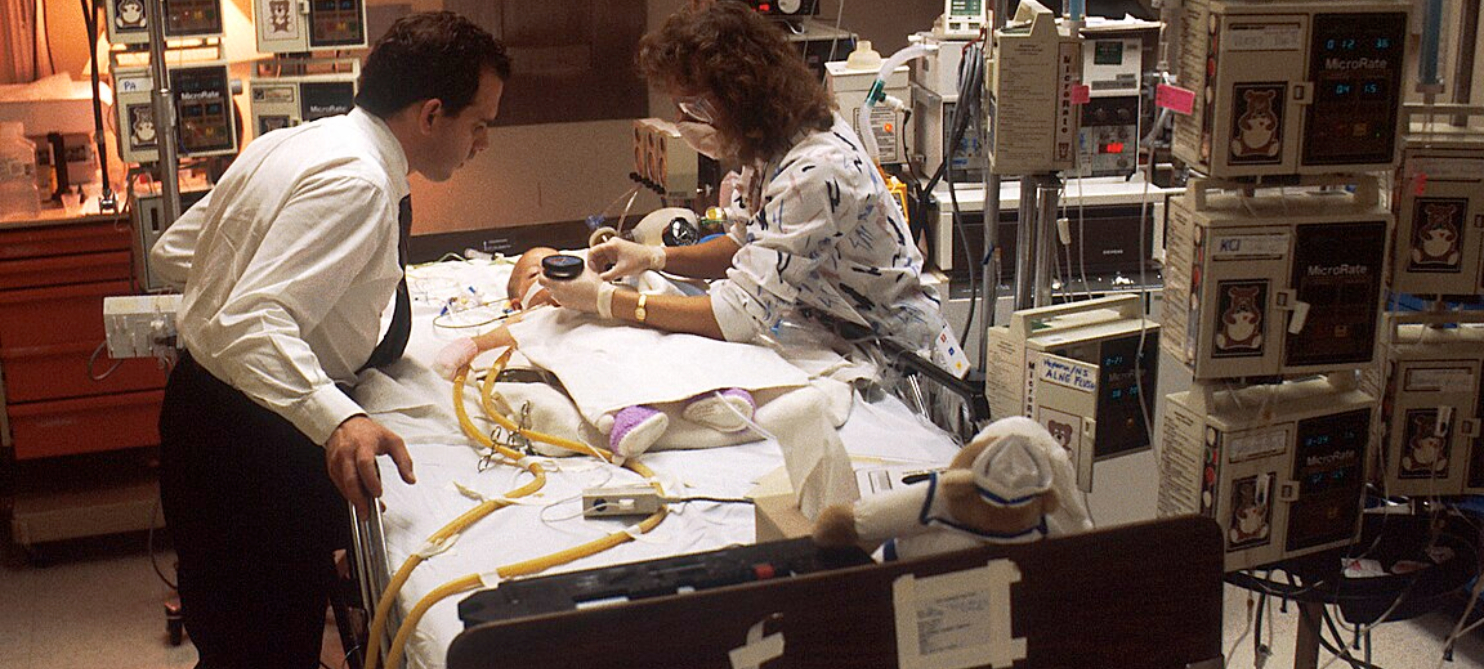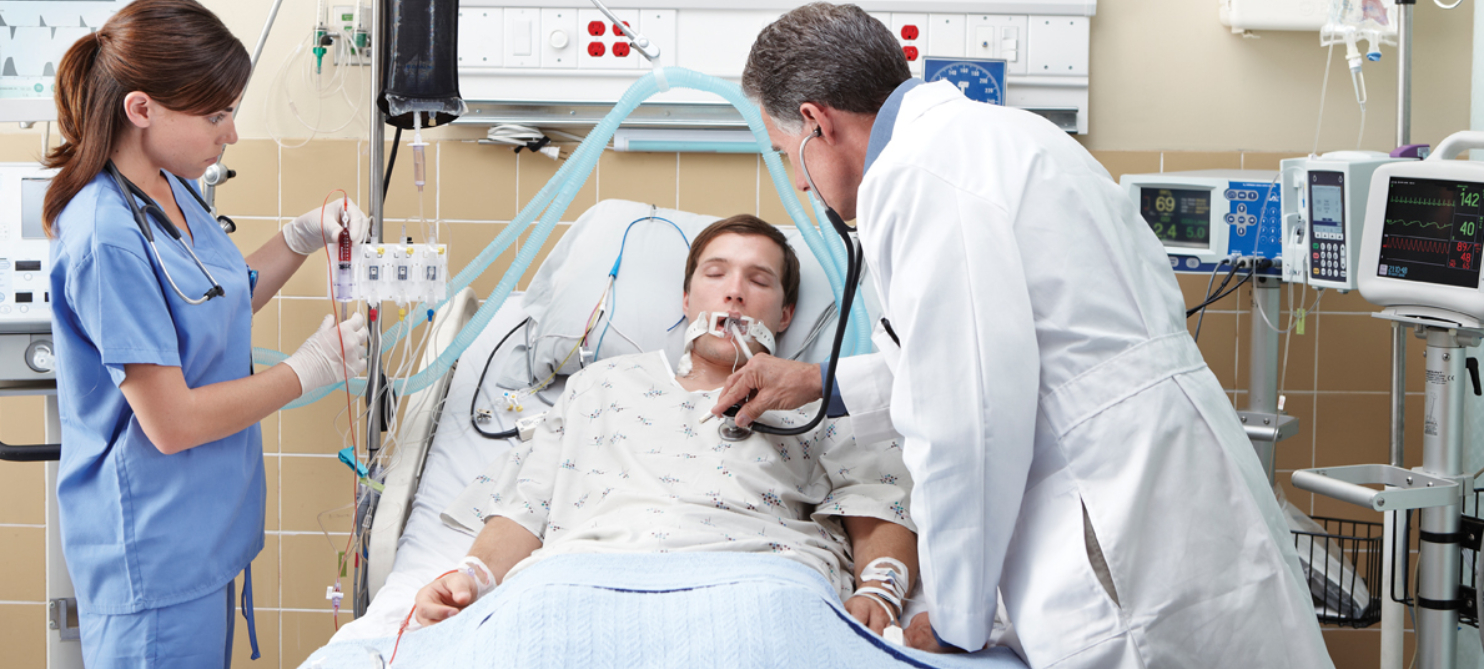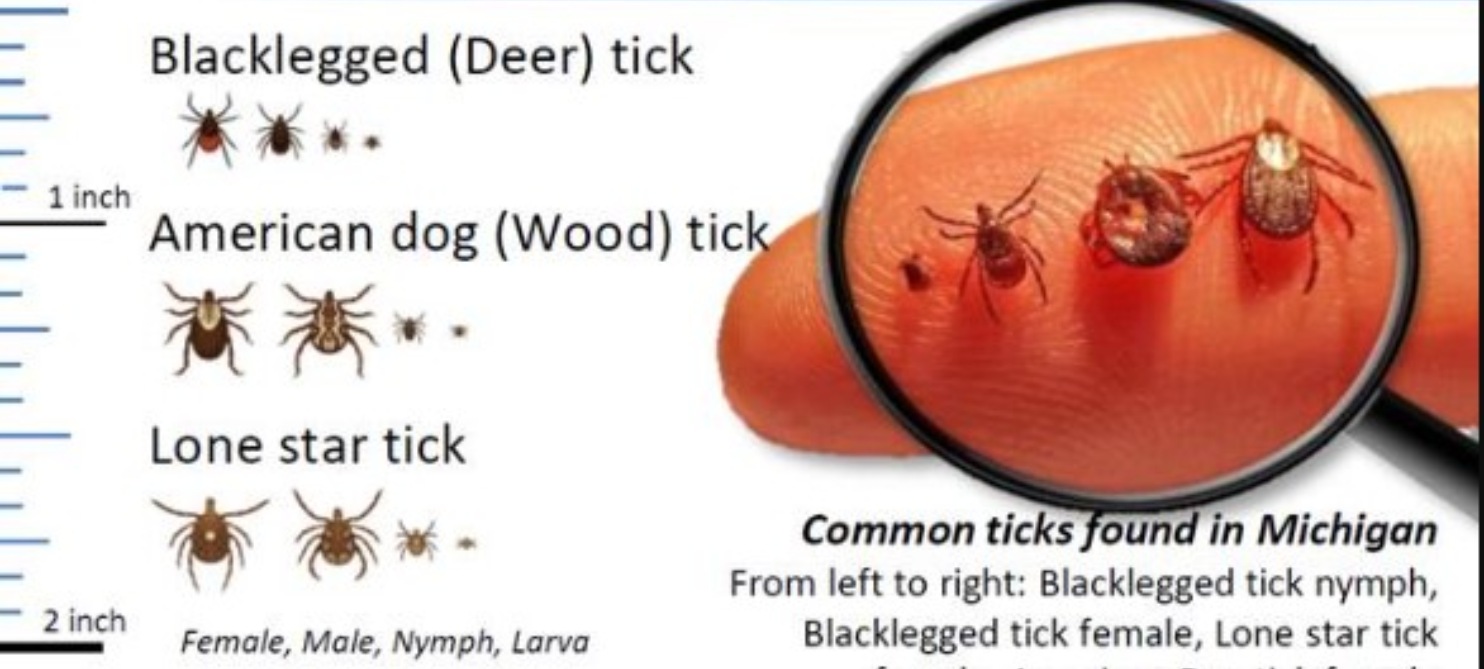In preparing for this blog post, I reviewed an article on how to help people remember the difference between quarantine and isolation.
Quarantine starts with the letter “Q” as does the word question. If you have symptoms or have been exposed to COVID-19 and “question” if you are sick, quarantine measures are for you.
If you are tested for COVID-19, you need to remain in quarantine until you have either a negative or positive test result.
If you have a positive test result, you go into “isolation.” You can remember this with the letter “i”, since both isolation and illness start with the letter “i”.
One note about negative test results that you should know: testing depends on pretest probability of illness. That means if you have symptoms but have not been around any known cases of COVID-19, then it may be safe to assume that your test is a “true negative”. Your pretest probability of illness is low. On the other hand, for a person who has had significant exposure and/or close contact with someone who has COVID-19, a negative test is less helpful and needs to be regarded with caution because the pretest probability for him/her is higher. If the person who has had significant exposure to COVID-19 yet tested negative develops symptoms or mild symptoms worsen, then s/he either needs to be retested for COVID-19 or may simply assume that COVID-19 is present and follow all the other CDC rules for isolation. Those rules include the following:
- isolate until 10 days have passed since symptoms first appeared and
- isolate until 24 hours have passed with no fever, without the use of fever-reducing medications and
- isolate until other symptoms of COVID-19 are improving1
See this animated infographic for ways to remember the difference between quarantine and isolation:
Other resources
How to Clean and Disinfect Your Home if Someone has COVID 19:
What’s the difference between quarantine and isolation?The following case study shows how one person with mild respiratory symptoms (which turned out to be COVID-19) attended large family or group gatherings. Unfortunately, the person likely infected 16 other people, three of whom died.
- “When You Can Be Around Others After You Had or Likely Had COVID-19,” Centers for Disease Control and Prevention (Centers for Disease Control and Prevention, September 10, 2020), https://www.cdc.gov/coronavirus/2019-ncov/if-you-are-sick/end-home-isolation.html.
